For centuries, people have given poetic names to full moons, reflecting natural phenomena, seasonal changes, and cultural traditions. These names are not only beautiful but also carry deep meanings connected to the rhythms of nature and human life. At Joy-pup, we present the most well-known names of the full moons by month and their significance.
January: Wolf Moon
The Wolf Moon got its name from Native American tribes who noticed that wolves howled more loudly during the midwinter, possibly due to hunger. This full moon symbolizes resilience and survival in harsh conditions. It reminds us of the strength of community and the need to support one another during difficult times.
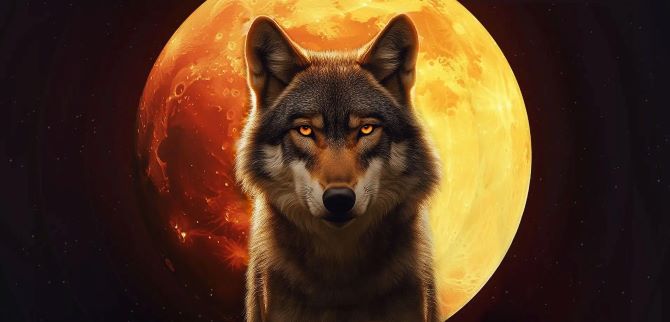
February: Snow Moon
February’s full moon is called the Snow Moon because of the heavy snowfall typical of this time in the Northern Hemisphere. Nature seems to pause beneath a white blanket, inviting introspection and inner peace. The Snow Moon is also associated with cleansing and preparing for a new cycle.
March: Worm Moon
The Worm Moon has a curious name tied to the awakening of the earth in spring. In March, the ground begins to thaw, and earthworms emerge, attracting birds. This full moon represents renewal, the start of a new season, and nature’s rebirth after the winter slumber.
April: Pink Moon
Despite its name, the Pink Moon doesn’t actually turn the sky pink. Its name comes from the blooming of moss phlox, one of the earliest spring flowers in North America. The Pink Moon symbolizes love, beauty, and the blossoming of life, reminding us that warmth and joy follow the long winter.

May: Flower Moon
May is a time when nature truly comes to life and flowers bloom everywhere. The Flower Moon reflects the abundance and fertility of spring. This full moon inspires creativity, harmony, and appreciation for the beauty of the world around us.
June: Strawberry Moon
The Strawberry Moon is named after the strawberry harvest season in North America. It is a time of sweetness and plenty, when nature generously shares its gifts. This full moon is associated with joy, gratitude, and savoring the simple pleasures of life.
July: Thunder Moon
July’s full moon is called the Thunder Moon due to frequent summer thunderstorms during this month. It symbolizes the power of nature, its untamed energy, and its capacity to cleanse. The Thunder Moon reminds us to embrace change and find balance between chaos and order.
August: Sturgeon Moon
The Sturgeon Moon is named after the abundance of sturgeon fish in North American lakes and rivers in August. This full moon is linked to prosperity and gratitude for nature’s bounty. It also symbolizes wisdom and a deep understanding of life’s cycles.
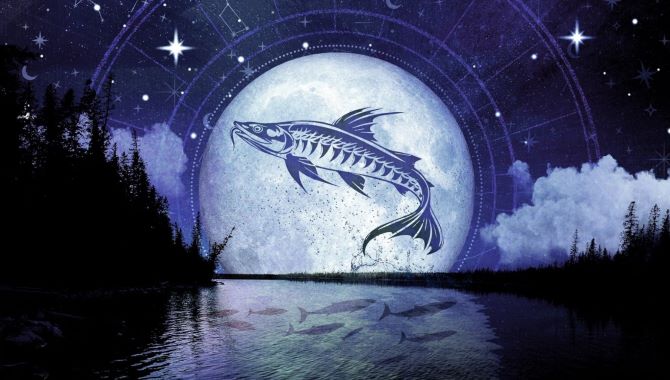
September: Harvest Moon
The Harvest Moon is one of the most famous, as it occurs during the harvest season. Its bright light helped farmers work late into the night to gather their crops. This full moon symbolizes the completion of a cycle, thankfulness, and abundance. It teaches us to value the fruits of our efforts.
October: Hunter’s Moon
The Hunter’s Moon follows the Harvest Moon and is associated with the time when hunters prepared for winter by tracking game. This full moon symbolizes preparation, determination, and focus. It reminds us of the importance of planning ahead and taking care of the future.
November: Beaver Moon
The Beaver Moon is named after the beavers’ activity in November as they build dams in preparation for winter. This is a time of hard work and readiness for the cold. The Beaver Moon represents diligence, resourcefulness, and the ability to create comfort even in harsh conditions.
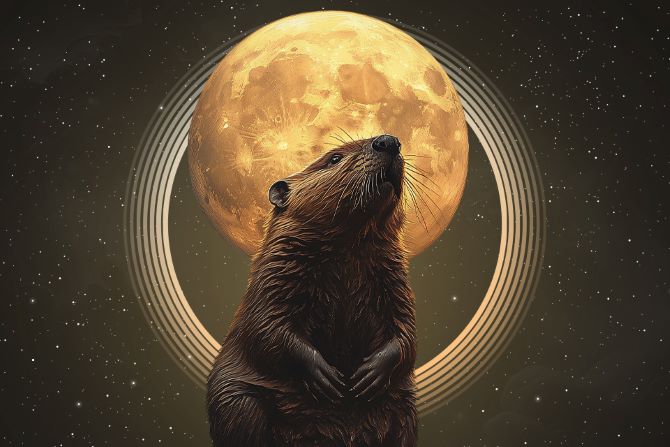
December: Cold Moon
The Cold Moon marks the end of the year, reflecting the onset of winter and long frosty nights. It is a time of stillness, reflection, and inner light. The Cold Moon encourages us to slow down, look inward, and find warmth in family and loved ones.
Cultural Differences
While most full moon names come from the traditions of Native American tribes in North America, cultures around the world have given the Moon their own names. For example, in Chinese culture, the full moon in September or October is linked to the Mid-Autumn Festival, which honors the Moon as a symbol of harmony and unity. In Europe, full moons were often associated with agricultural cycles or mythological themes.
Also read about the Full Moon in May 2025.

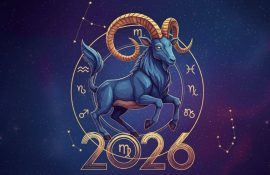
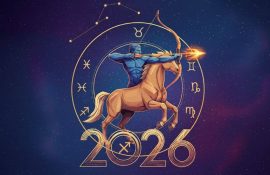

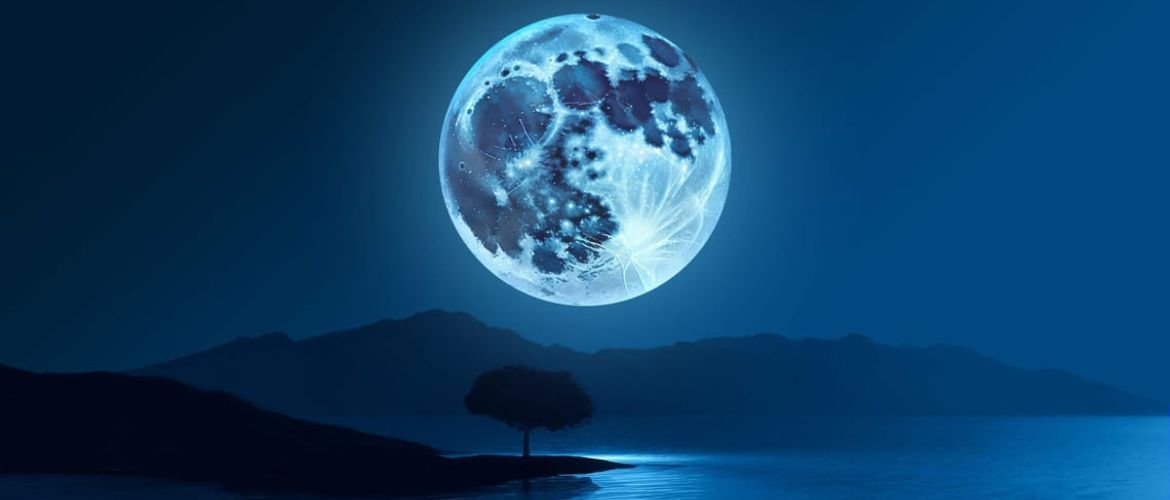
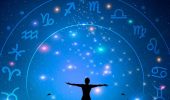
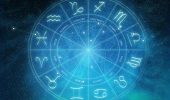
Only registered users can leave comments